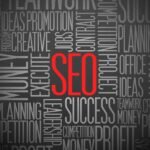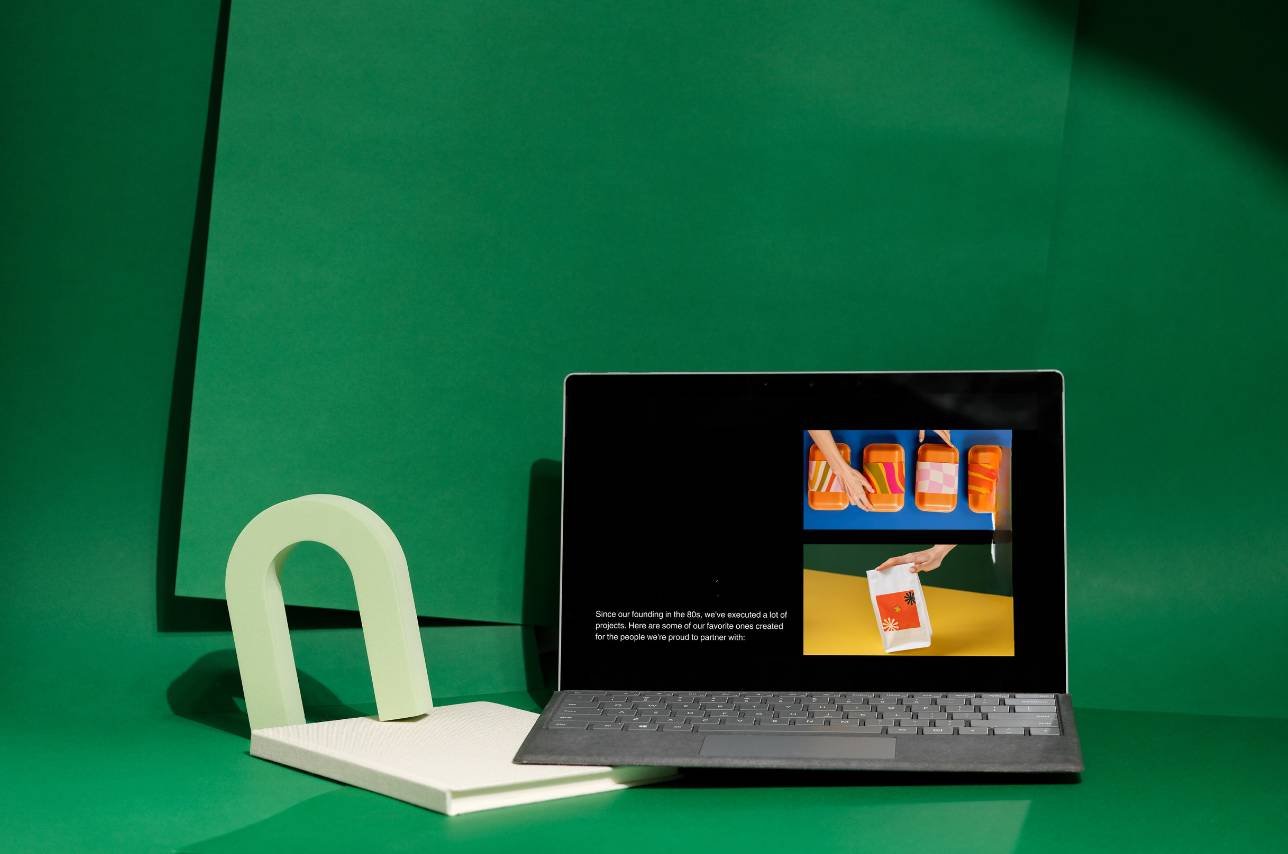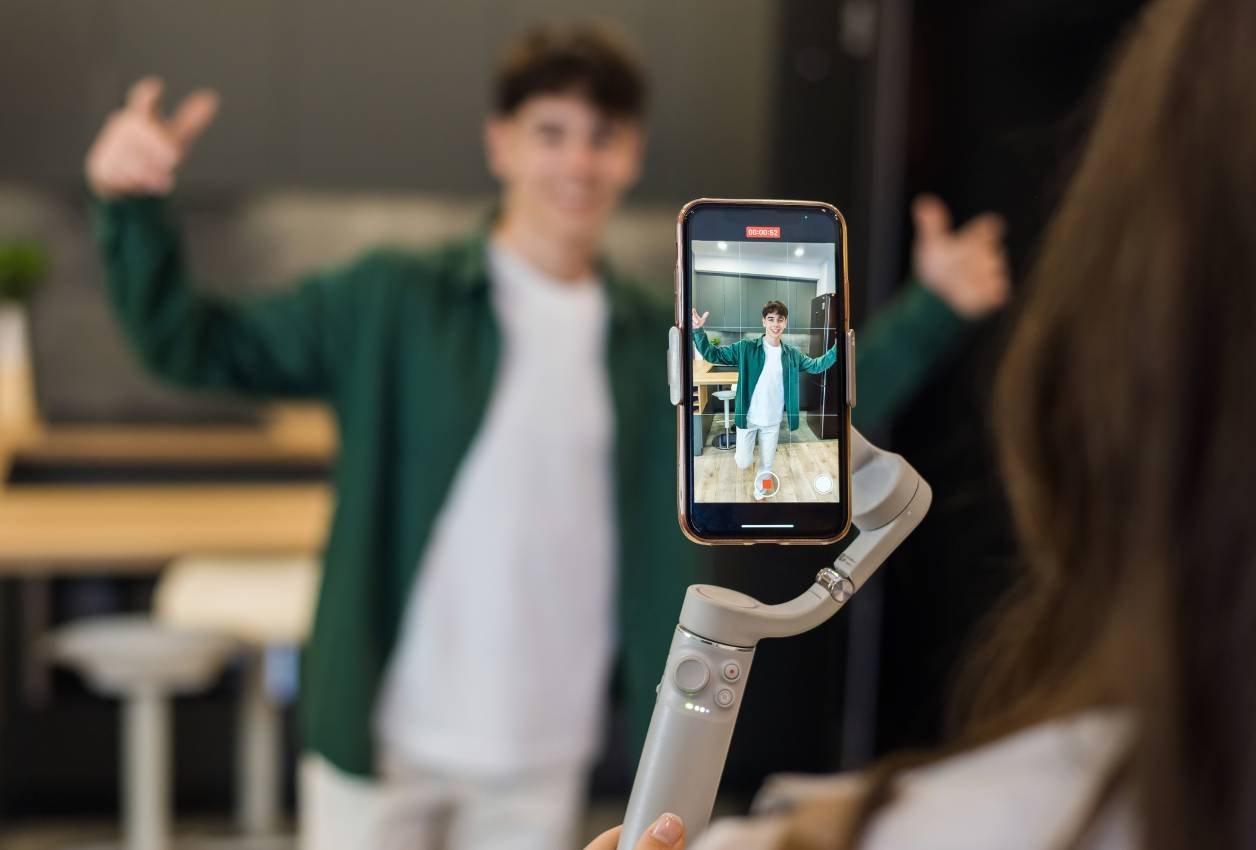There’s a persistent myth in the marketing world—the idea of the “marketing funnel.” It paints a picture of a smooth, linear journey, guiding a prospect step-by-step toward a purchase. The reality? People don’t buy that way. People buy like people—chaotically, messily, and often unpredictably. And the idea of a perfect customer journey is broken.
It’s time to reevaluate the funnel and embrace a more practical approach that aligns with how people buy. Enter growth loops—Growth loops focus on creating sustainable growth by constantly learning from customer behavior and optimizing the process.
Let’s dive into why the funnel fails and why growth loops are the future of B2B marketing.
The Funnel Fails to Reflect Real B2B Buyer Behavior
However, this comforting simplicity is also its downfall. It’s easy and fits neatly into marketing presentations. But just because something is simple doesn’t mean it’s effective. You attract leads at the top, nurture them in the middle, and convert them at the bottom—simple, right? But this simplicity is a mirage, a comforting illusion that doesn’t reflect the true complexity of B2B buyer behavior.
As Gartner puts it, “The buying journey follows anything but a straight line from beginning to end.”
B2B buyers don’t follow a straight, linear path from awareness to purchase. Instead, they jump in and out of the process, research extensively, ask for more information, reconsider their choices, and may even go silent for weeks before returning. They don’t move like numbers through a pipeline; they behave like real people—with emotions, changing needs, and multiple decision-makers involved.
Here’s why the funnel fails:
- Linear Thinking: Funnels assume buyers move predictably through stages, but B2B decisions are more complex.
- Oversimplification: The funnel doesn’t capture the complex, back-and-forth nature of the buying process.
- Poor Adaptability: The rigid funnel doesn’t allow marketers to respond flexibly to buyers’ behavior.
Why Companies Still Stick to the Funnel
Despite their shortcomings, many companies rely on funnels because they’re familiar. Teams find comfort in moving leads through a pipeline, marking progress from one stage to the next. They’re still stuck in rigid processes, moving tasks from one Kanban column to another and calling it “growth marketing. But in reality, their funnels are just ticking boxes.
Funnels make it easy to think you’re progressing, even when your results don’t reflect it. It’s a system built on outdated assumptions—where buyer behavior is predictable and controlled. In contrast, B2B purchases involve multiple stakeholders, long timelines, and messy decision-making. The funnel doesn’t account for this complexity.
Why Growth Loops are the Future
The solution is to ditch the outdated funnel and adopt growth loops—a more innovative, flexible way to think about customer behavior and marketing success. Growth loops emphasize continuous engagement, learning, and adaptation, creating a responsive, anticipatory system always ready to adapt to changing buyer behavior.
Here’s why growth loops are the future:
- They Reflect Real Buyer Behavior: Instead of assuming customers move in a straight line, growth loops embrace the chaotic nature of decision-making. Buyers research, compare and come back to your brand when they’re ready—often in unpredictable ways.
- Systems, Not Stages: Funnels push people through stages, but growth loops are about creating a system that fuels itself. Every interaction leads to another, building momentum.
- Continuous Improvement: Growth loops allow you to learn and optimize your strategy constantly. By observing buyer behavior and making adjustments, you can keep improving your approach over time.
- Align with Human Behavior: Funnels treat buyers like numbers moving down a pipeline. Growth loops recognize that buyers are human, with emotional and complex decision-making processes.
How to Build Effective Growth Loops for Your B2B Strategy
Want to start using growth loops and move beyond the funnel? Here’s how to build growth loops that lead to tangible, measurable results:
- Design Measurable Loops: Growth loops should be specific and quantifiable, reflecting how your audience interacts with your business at every touchpoint.
- Base Experiments on Insights: Don’t guess—use data to inform your decisions. Track buyer behavior closely and make adjustments based on real insights.
- Prioritize by Impact: Focus on the ideas that will most impact your growth. Score each idea objectively and prioritize the ones with the highest potential.
- Set Clear Experiment Windows: Give each experiment a defined timeframe to track and learn from the results.
- Look for Statistical Significance: Make your results meaningful by confirming statistical significance before making significant decisions.
Growth Loops: The Key to Sustainable B2B Growth
Funnels may look nice on a whiteboard, but if you want real, sustainable growth, you need to embrace the messiness of how people buy. Growth loops allow you to create a marketing strategy that evolves with your audience, constantly improving and driving lasting impact.
It’s time to abandon the funnel. Start thinking in loops, and watch your marketing efforts become more aligned with reality and far more effective.
Key Takeaways:
- The traditional marketing funnel is outdated and doesn’t reflect real B2B buyer behavior.
- Growth loops offer a dynamic, human-centric alternative that embraces the unpredictability of decision-making.
- By focusing on systems of continuous engagement, businesses can drive sustainable growth and improve their marketing performance.
Ready to leave the funnel behind? Start thinking about growth.






